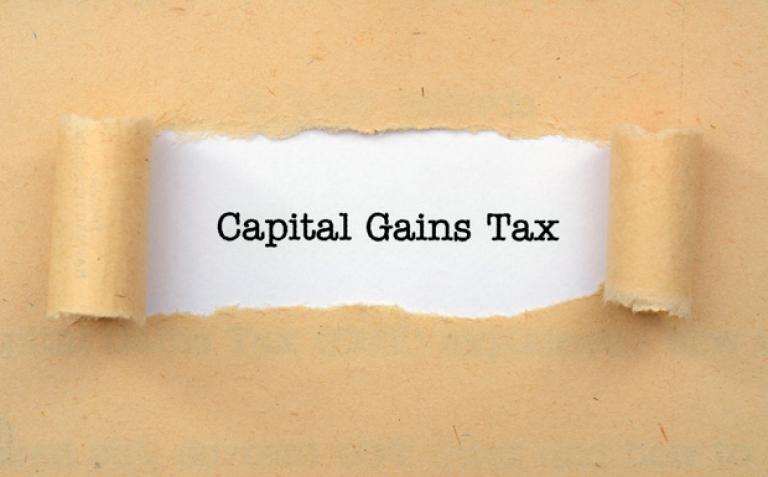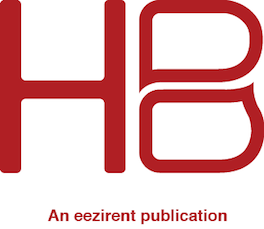
29 Oct Capital gains tax – the basics
What is it?
Capital Gains Tax (CGT) is a tax on the profit made on the sale of any capital item, typically real estate or shares, that has been purchased after 20 September 1985. This is the start date of the tax. If you sell a capital item that you purchased before this date, CGT will not apply.
Another date that is important with CGT is the date of the sale of the item. For real estate, this is the date of the contract, not the date on which the property settles. This might be important for contracts signed towards the end of the financial year, but settle after June 30.
What does CGT apply to?
In relation to real estate, some capital items are exempt from the tax. These include:
- most personal assets such as your home, car and personal use assets such as furniture
- depreciating assets used solely for taxable purposes, such as fittings in a rental property.
For tax purposes, your home is referred to as your Principal Place of Residence. The ATO will class a home as a principal place of residence if:
- you and your family live in it
- your personal belongings are in it
- it’s the address your mail is delivered to
- it’s your address on the electoral roll, and
- services such as gas and power are connected.
If you move out of your home and rent it for a while, for example you need to move for work and rent your home while you are away, you may still be able to claim a CGT exception on the sale. Get advice from your accountant on the specifics of your situation.
How is it calculated?
Unlike other taxes, CGT does not have sliding scales or a specific % amount to be levied. Rather it is calculated as the difference between the sale price, less associated expenses, such as solicitor fees, agent commission, etc. and the original purchase price, plus associated costs of purchase including stamp duty, solicitor fees, building inspections, etc.
This balance is the actual capital gain. A 50% discount can then be applied if the asset has been held for over 12 months. The final figure is then included in seller’s tax return as assessable income along with any other earnings. Then the usual marginal rates of tax apply.
CGT also plays a role when you sell an asset for less than the purchase price. This is known as a capital loss and may be used to reduce the CGT on an another asset.
Other interesting points to note with CGT is that it will also apply to the sale of assets that are overseas if you are an Australian resident. And if you are a foreign resident, it will apply to assets located in Australia. CGT will also apply to assets being disposed of as part of a deceased estate.
Don’t let CGT stop a sale
From a landlord’s point of view, CGT is a part of life. I’ve often heard the phrase “I don’t want to sell and have to pay CGT.” On that basis it means that you will never sell an asset.
Annoying as it maybe, CGT is a fact of life if you are an Australian asset holder. It should not be used as a barrier to the prudent sale of an asset. Look on the bright side and realise your wise choice in buying that asset in the first place. And, make sure you have a good accountant.



Sorry, the comment form is closed at this time.